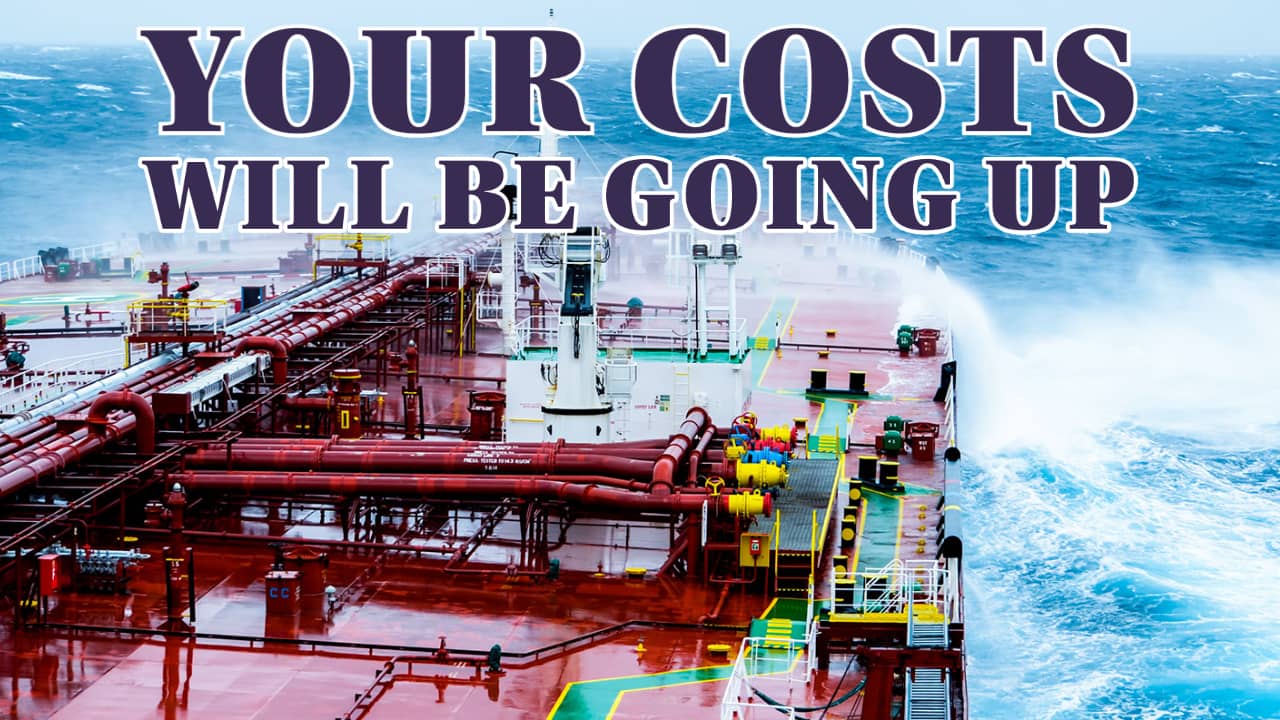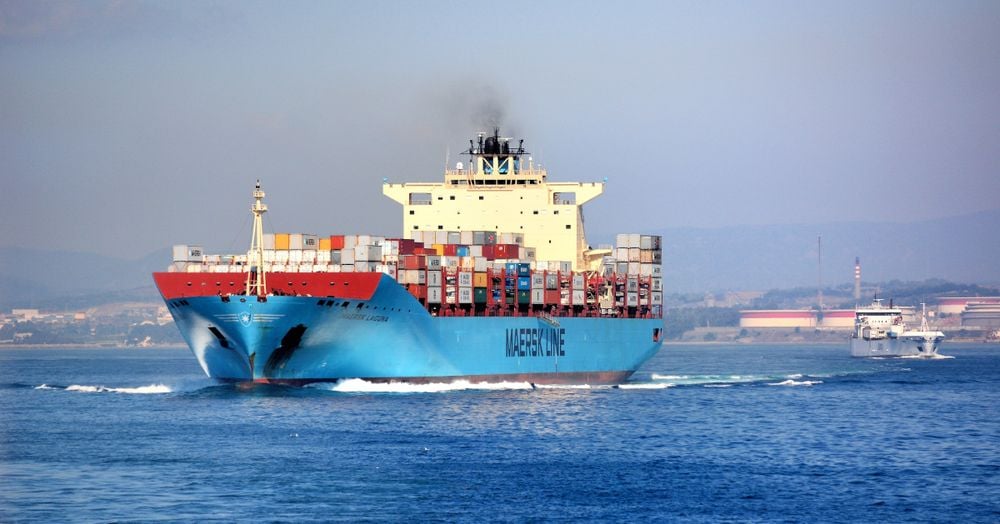
New Sea Freight Fuel Prices – How it Will Affect You (Q&A)
4-minute read
From 1st January 2020, a new regulation will come into force to reduce air pollution from ships globally. Whereas today ships can use fuel with up to 3.5% sulphur content (outside Emission Control Areas), the new global sulphur cap will be 0.5%.
The regulation has been developed and adopted by the International Maritime Organisation (IMO), which is a specialized agency under the United Nations (UN).
It will reduce sulphur pollution from shipping by more than 80%, and therefore have a very significant positive impact on the environment and human health .
The shipping lines will have to comply with the rules. The cost of compliance with the new regulation will be significant, so the cost of shipping will increase .
It is also expected that the volatility of fuel costs for shipping will increase as the regulation enters into effect.
In order to allow customers to predict, plan and track how changes in fuel price will impact total shipping freight rate, Maersk Line (the biggest container shipping line) will introduce a simple and predictive Bunker Adjustment Factor (BAF).
The new BAF will replace the existing Standard Bunker Factor (SBF) and allow customers to simulate and calculate the BAF tariff at any fuel price for a given trade route.
The BAF tariff is designed to recover fuel-related costs, and it will be charged separately from the basic ocean freight as the fuel cost is a very significant and volatile part of shipping costs.
The BAF consists of a trade factor and the fuel price:

The fuel price is calculated as the average fuel price in key bunkering ports around the world, whereas the trade factor reflects the average fuel consumption on a given trade as a result of variables like transit time, fuel efficiency and trade imbalance.
They have included more details on the new BAF in the Q&A below. You will be advised of the actual BAF tariffs, which will be reviewed on a quarterly basis.
They will introduce the new BAF on 1st January 2019. This will allow you to get familiar with how the mechanism works before the new sulphur regulation enter into force in 2020.

Questions & Answers on the new BAF
What is the new BAF formula?
The new BAF will be calculated as Fuel price x Trade factor = BAF.
What fuel types will be used in calculating the new BAF?
In all of 2019, the new BAF formula will be based on the fuel price for high-sulphur fuel (IMO 380). From Q1 2020 onwards, the new BAF formula will be based on fuels that comply with the new regulation (0,5% sulphur).
How do you calculate the fuel price used in the BAF?
The fuel price used in calculating the new BAF will be the average fuel price across important global bunkering ports for the relevant period (typically three months). The fuel price used to calculate the BAF will be the same for all trades.
How do you calculate the trade factors used in the new BAF?
The key elements of the trade factors are:
- The actual Maersk Line fuel consumption (ton/ FFE) per container moved on the trade; and
- An imbalance factor reflecting that on some trades there is a dominant headhaul, which will be subject to a larger share of the fuel cost changes (up and down) than the backhaul.
Will there be a special BAF for reefer containers?
The BAF for reefer cargo will be calculated by multiplying the BAF for standard containers (dry) with a factor of 1.5, reflecting the average electricity consumption of reefer containers.
What will happen to the Standard Bunker Adjustment Factor (SBF)?
Maersk line will be decommissioning its SBF. However, contracts with the start date before 2019 will continue to be subject to SBF until their expiry. From 2019 onwards, BAF and SBF tariffs will have identical fluctuations.
Why are you abandoning the SBF?
The current SBF is based on several variable factors which are not as predictable as the new BAF.
What will happen to the Low Sulphur Surcharge (LSS)?
The low-sulphur surcharge (LSS ) will continue as today. In 2019 as well as in 2020 and onwards, we will need to continue to use cleaner fuels (0,1 % sulphur) in Emission Control Areas (ECAs).
When will the new BAF be effective, and which contracts will it apply to?
The new BAF will be effective 1st January 2019, and contracts start date on or after this date will be subject to the new BAF, Contracts with start date before 1 January 2019 will be subject to the old SBF until their expiry.
When will you communicate the BAF tariffs for Q1 2019?
We will communicate the BAF tariffs for Q1 2019 by the end of November 2018.
How often will the new BAF tariffs be reviewed?
The BAF tariffs will be reviewed quarterly, However, in 2020 we will review and adjust the BAF tariffs monthly if the fuel price change is more than 50 USD per ton since the last adjustment.

Will you adjust the new BAF tariffs even when the fuel price change is insignificant?
When we do our quarterly BAF tariff review, we will only adjust the BAF tariffs when the fuel price has changed (up or down) more than 10 USD/ton since the last adjustment.
We’d love to answer any of your questions! Contact us now
P.S. Do you know of other people that will find this article useful? Please share it on social media. Thank you!
